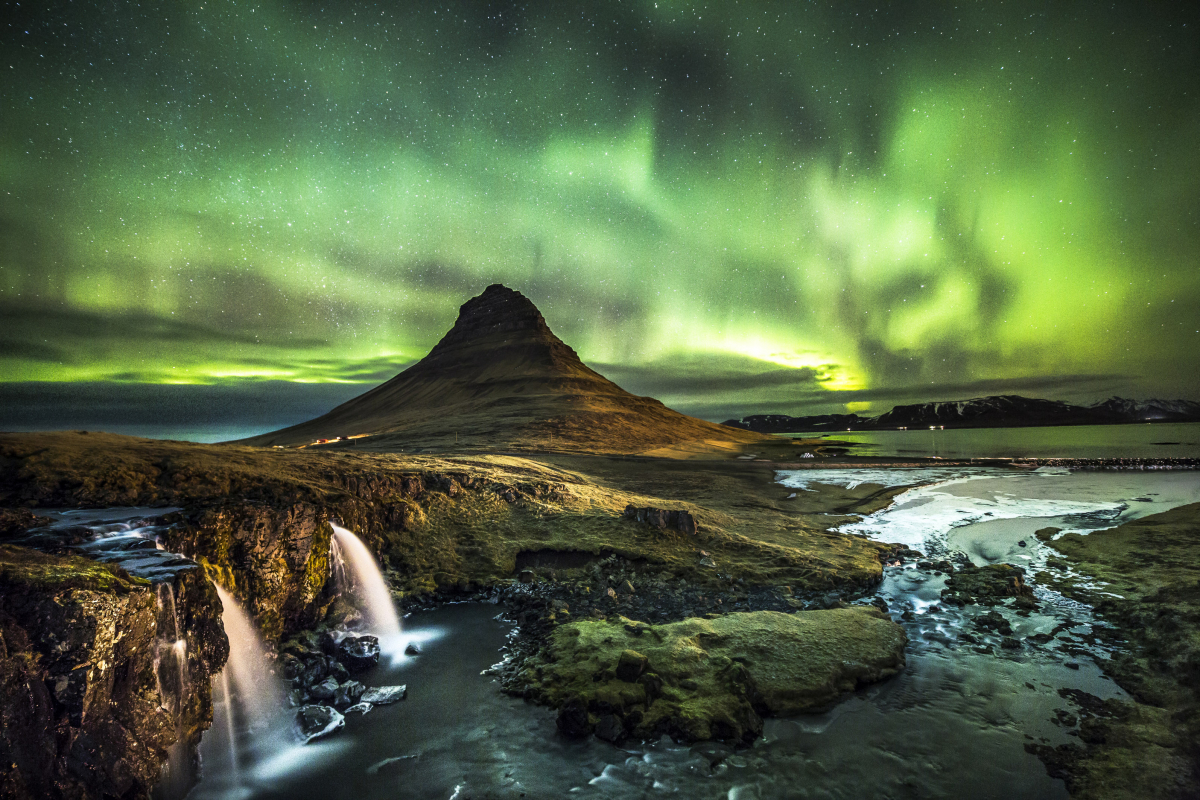Why do the stars differ in colour and why can you only sometimes see the Northern Lights? Sævar Helgi Bragason, a connoisseur in astronomy at the University of Iceland, will answer questions on the Northern Lights, the stars and Milky Way on a hike dedicated to the sky, this Friday, 19 January.
"We will see the Milky Way and we will examine phenomena within and outside of it. If we are lucky we will also see the Northern Lights," says Sævar Helgi Bragason, a connoisseur in astronomy at the University of Iceland about the excursion on Friday night that is dedicated to the sky.
The aim of this event is to encourage people to enjoy nature and the sky in this calm weather, providing excellent conditions for stargazing.
Sævar Helgi Bragason will describe what guests see in the evening sky, but he is well-known in Iceland for the expertise of the wonders of the sky. Sævar Helgi has taught astronomy at the University of Youth and the University Train in recent years; both award-winning projects organised by the University of Iceland.
This is the first tour of six organised this year in collaboration between the Icelandic Touring Association and the University of Iceland called "Hiking trips with Science tips". The tours are family-friendly and admission is free.
The warmest stars are blue
Few love the stars in Iceland more than Sævar, which was evident on a similar trip last year where a few hundred participants listened to him describe the sky. Sævar will answer all kinds of questions on Friday; e.g. why the stars are a different colour. We asked him in advance: "The star are a different colour because they vary in heat. The warmest stars are blue or white, whereas the coldest are red, the opposite of what one might assume as we normally use red for hot and blue for cold. The blue and blue-white stare can be up to 50,000°C, ten times hotter than our sun, but the red stars are only around 3,500°C," says Sævar.
The Northern Lights will hopefully be visible on Friday as the weather forecast is promising and the Icelandic Meteorological Office predicts activity.
Participants meet at the offices of the Icelandic Touring Association, Mörkin 6 at 20 and drive together out of the City. The destination is Kaldársel in Hafnarfjörður, and those who wish can meet the group there at 20.20. Parking spaces are limited so parking on both sides of the road is encouraged.
It is very important to dress warmly. A pillow or a thin mattress can be a good idea as the best view of the sky is when you lie on the ground.
In addition to warm clothing it is recommended that participants bring binoculars, light refreshments; especially a hot beverage.
The tour should take approximately 2 hours.
The tour is a collaboration between the Icelandic Touring Association and the University of Iceland. Participation is free of charge and everyone is welcome. No reservation - only show up!




